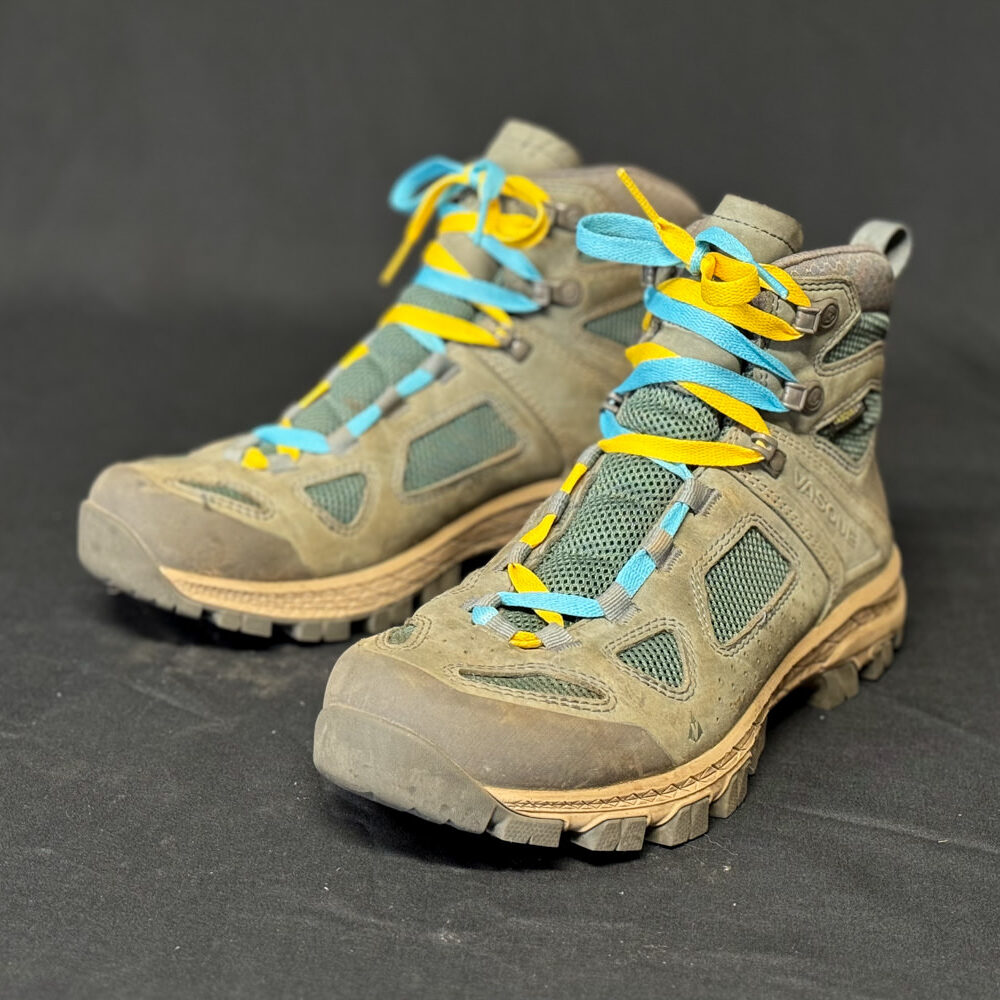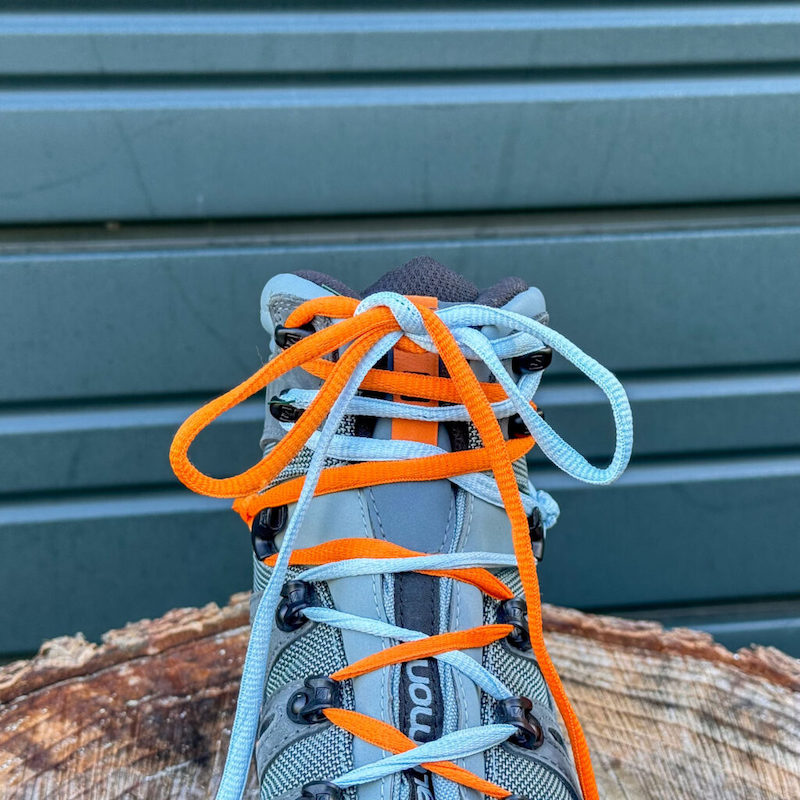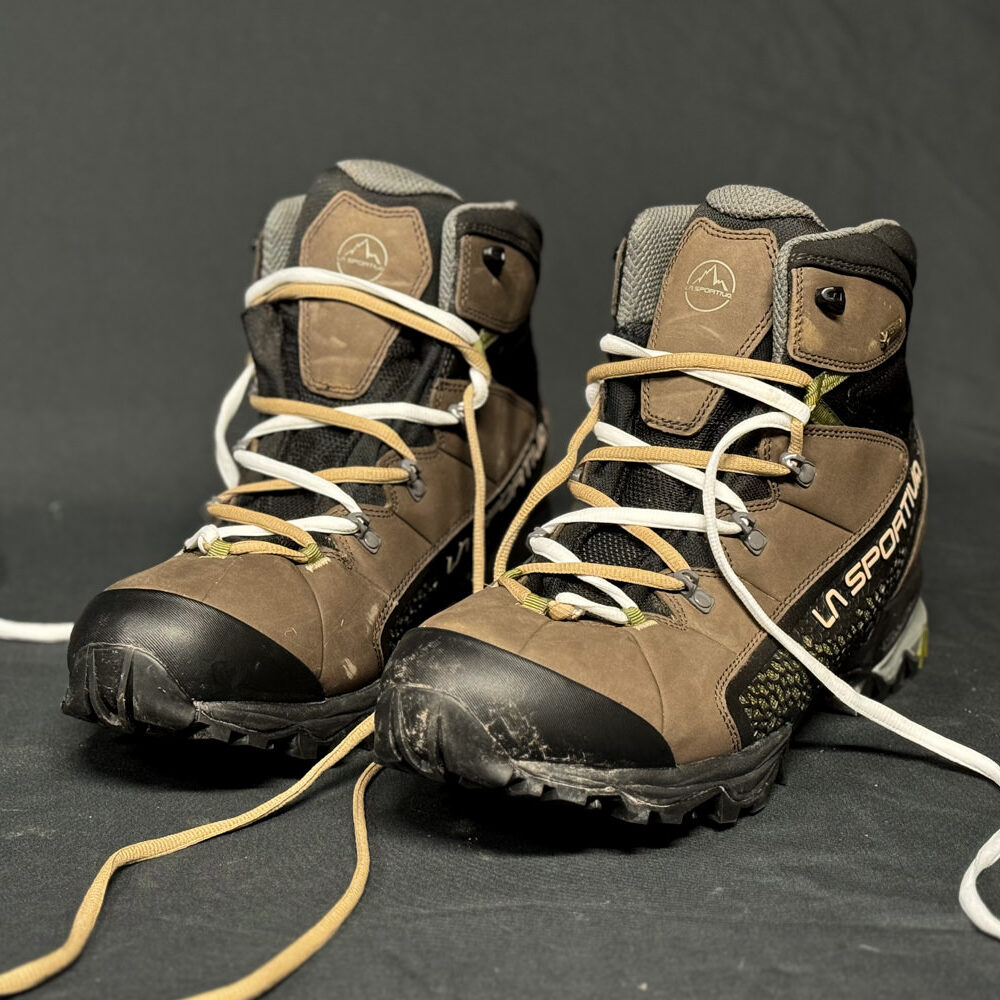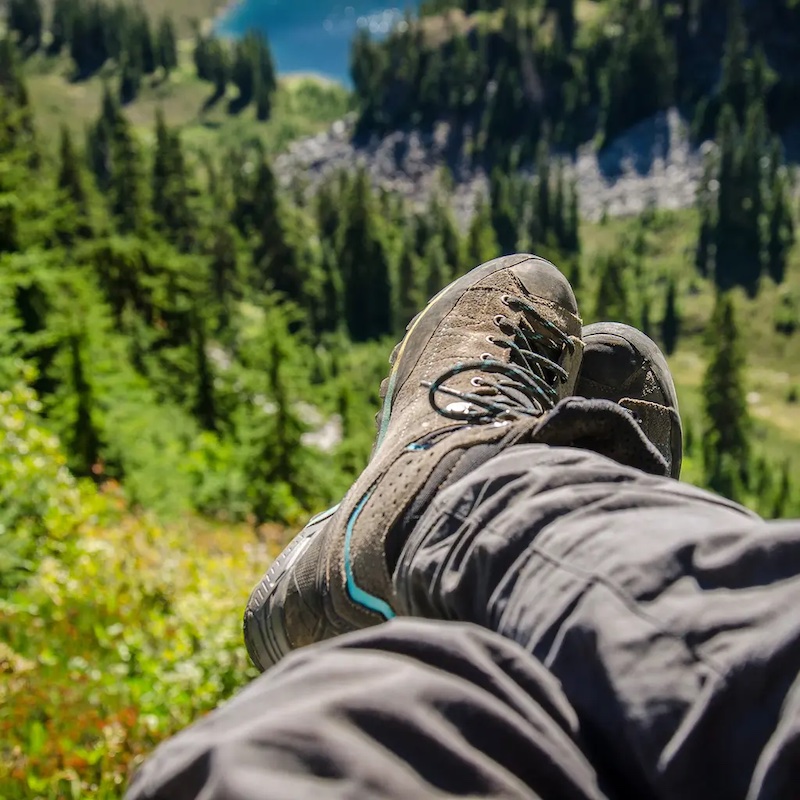Introduction
Hiking boots are the unsung heroes of outdoor exploration, providing the essential foundation that empowers adventurers to conquer rugged terrain, navigate challenging trails, and immerse themselves in the natural world. However, the key to unlocking the full potential of these robust and reliable footwear companions lies in the art of properly tying them. How to tie hiking boots?
Whether you’re a seasoned hiker or a newcomer to the world of outdoor pursuits, mastering the techniques of lacing and tying your hiking boots can make all the difference in your comfort, stability, and overall experience on the trail. By understanding the various lacing methods and their benefits, you can tailor your boot fit to your unique needs, ensuring a secure, supportive, and blister-free journey through the great outdoors.
From the standard lacing method to the more specialized techniques like the heel lock and ankle lock, the art of tying hiking boots offers a wealth of customization options to suit the unique needs and preferences of individual hikers. By mastering these lacing techniques and adapting them to the specific demands of the terrain and environmental conditions. Adventurers can ensure a secure, supportive, and blister-free journey through the great outdoors. The terrain you will be hiking on is also an important consideration. If you will be hiking on rocky or uneven terrain, boots with a more rigid sole and added ankle support may be necessary. These features help stabilize your feet and prevent injuries.
Understanding the Importance of Proper Hiking Boot Lacing
The way you lace and tie your hiking boots can have a significant impact on your overall comfort, support, and performance during outdoor activities. Paying close attention to this crucial step can make the difference between a seamless, enjoyable hike and one plagued by foot pain, instability, and potential injuries.
Achieving the Ideal Fit
One of the primary objectives of proper hiking boot lacing is to achieve the ideal fit. A well-fitted boot not only provides comfort but also helps to prevent blisters, hot spots, and other foot-related issues that can arise from ill-fitting footwear.
By adjusting the tension and tightness of the laces, you can ensure that your feet are securely held in place within the boot, reducing the risk of slipping and sliding that can lead to discomfort and potential injury.
Enhancing Stability and Support
In addition to fit, the way you lace your hiking boots can also have a significant impact on your overall stability and support. Proper lacing techniques can help to stabilize the ankle, provide targeted cushioning and arch support, and ensure a snug, secure fit that prevents the foot from shifting within the boot.
This enhanced stability and support can be particularly crucial when navigating uneven terrain, steep inclines, or challenging environments, as it helps to maintain control, reduce the risk of sprains or twists, and ultimately, improve your overall hiking performance.
Preventing Foot Fatigue and Injury
Improperly laced hiking boots can lead to a range of foot-related issues, including blisters, hot spots, and even more serious problems like tendinitis and plantar fasciitis. By taking the time to lace your boots correctly, you can help to prevent foot fatigue, reduce the risk of injury, and ensure a more comfortable and enjoyable hiking experience.
Adapting to Changing Conditions
The nature of hiking often involves navigating a variety of terrain and environmental conditions, each of which may require a slightly different approach to lacing your boots. By understanding the versatility of various lacing techniques, you can adapt your boot fit to suit the demands of the trail, ensuring a secure and comfortable fit no matter the challenges you face.

Mastering the Essential Best Way to Tie Hiking Boots
To ensure a secure, supportive, and customized fit for your hiking boots, it’s essential to familiarize yourself with the various lacing techniques and how they can be applied to meet your specific needs.
How to tie hiking boots? The Standard Lacing Method
The standard lacing method is a simple and straightforward approach that involves threading the laces through each of the eyelets in a criss-cross pattern. This technique is a great starting point for beginners and can be adjusted to achieve a comfortable and snug fit.
To execute the standard lacing method, start by threading the laces from the bottom eyelets and work your way up, ensuring that the tension is even throughout the boot.
How to tie hiking boots? The Heel Lock Lacing Technique
The heel lock lacing technique is particularly useful for hikers who experience heel slippage or want to provide additional support for the ankle and heel area. By creating a loop or “locking” mechanism around the ankle, this method helps to prevent the foot from sliding forward within the boot, reducing the risk of blisters and improving overall stability.
To implement the heel lock lacing technique, start by threading the laces through the bottom eyelets as in the standard method, then create a loop or “lock” around the ankle before continuing the criss-cross pattern up the boot.
How to tie hiking boots? The Ankle Lock Lacing Technique
Similar to the heel lock method, the ankle lock lacing technique is designed to provide enhanced support and stability for the ankle joint. This technique is particularly useful for hikers who engage in more technical or challenging terrain, as it helps to prevent the ankle from rolling or twisting during the hike.
To execute the ankle lock lacing technique, start with the standard lacing method, then create a loop or “lock” around the ankle area, securing the laces in place before continuing the criss-cross pattern.
How to tie hiking shoes? The Ladder Lacing Technique
The ladder lacing technique is a versatile approach that allows for a more customized and adjustable fit, particularly in the forefoot and toe box area. By creating a “ladder” pattern with the laces, you can adjust the tension and fit in specific zones, providing targeted support and comfort where you need it most.
To implement the ladder lacing technique, thread the laces through the eyelets in a straight, parallel pattern, creating a “ladder” effect that can be tightened or loosened as needed.

Optimizing Your Hiking Boot Lacing for Different Terrains and Conditions
Hiking often involves navigating a variety of terrain and environmental conditions, each of which may require a slightly different approach to lacing your boots for optimal performance and comfort.
Lacing for Flat, Groomed Trails
When hiking on relatively flat, well-maintained trails, the standard lacing method or a simple variation of the heel lock technique may be the most appropriate choice. This allows for a secure, comfortable fit without the need for excessive tension or stabilization.
Lacing for Rough, Uneven Terrain
For hiking on more rugged, uneven terrain, such as rocky, muddy, or steep inclines, the ankle lock lacing technique can provide the additional support and stability needed to maintain control and prevent ankle injuries.
Lacing for Wet or Snowy Conditions
In wet or snowy conditions, where the potential for water and debris entering the boot is increased, the ladder lacing technique can be particularly beneficial. By allowing for more precise adjustments and a tighter, more secure fit, this method can help to keep your feet dry and protected from the elements.
Lacing for Long-Distance Hikes
For extended, multi-day hikes, the heel lock or ankle lock techniques may be preferable, as they can help to prevent foot fatigue and discomfort over long periods of time. The added support and stability can be crucial in maintaining comfort and preventing injuries during longer outdoor adventures.
Conclusion: Lacing Up for a Lifetime of Hiking Adventures
Hiking boots are specially designed footwear for individuals who engage in hiking, backpacking, or walking on rough terrains in 2024. They offer stability, support, and protection to the feet during outdoor activities. Hiking boots often have high ankle collars, providing stability.
Properly tying and lacing your hiking boots is a crucial, yet often overlooked, aspect of outdoor preparation and gear optimization. By understanding the importance of achieving the ideal fit, enhancing stability and support, and preventing foot fatigue and injury. Hikers can unlock the full potential of their footwear and embark on a lifetime of rewarding and comfortable outdoor adventures.
When purchasing hiking boots, it is crucial to consider the type of hiking you will be doing. If you plan on doing mainly day hikes on well-groomed trails, lightweight hiking boots may be suitable. These boots are often more flexible and comfortable for shorter distances. On the other hand, if you plan on backpacking or hiking in more rugged terrain, you may need a sturdier pair of boots that provide more support and protection. It’s also vital to consider your foot shape and size when selecting hiking boots. Different brands and models may cater to different foot shapes, so it is essential to try on various options to find a comfortable fit. Remember to leave some room for your toes to wiggle and to accommodate thick socks for added warmth.


